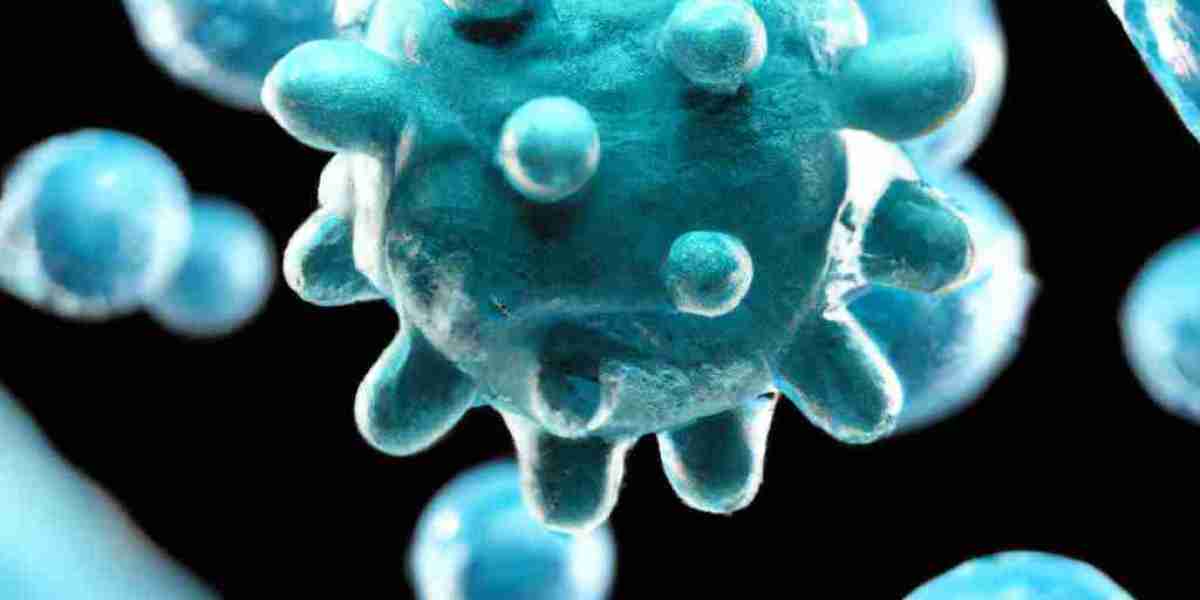Nanoparticles
Nanoparticles are tiny particles with a size ranging from 1 to 100 nanometers. They are small enough to interact with cells and tissues at a molecular level and have unique physical, chemical, and biological properties that differ from their bulk counterparts.
Types of Nanoparticles
There are several types of nanoparticles, including metals, metal oxides, quantum dots, carbon-based, and liposomes.
- Metal nanoparticles: These are nanoparticles made of metals such as gold, silver, and platinum. They have unique optical properties and are used in various applications such as sensing, catalysis, and imaging.
- Metal oxide nanoparticles: These nanoparticles are made of metal oxides such as titanium oxide, iron oxide, and zinc oxide. They have excellent photocatalytic and electronic properties and are used in various applications such as water purification, energy conversion, and biomedical imaging.
- Quantum dots: These are nanocrystals made of semiconductor materials such as cadmium selenide, cadmium telluride, and indium phosphide. They have unique optical properties and are used in various applications such as imaging, light-emitting diodes, and solar cells.
- Carbon-based nanoparticles: These are nanoparticles made of carbon materials such as graphene, carbon nanotubes, and fullerenes. They have unique electrochemical and mechanical properties and are used in various applications such as energy storage, drug delivery, and tissue engineering.
- Liposomes: These are nanoscale spherical structures made of lipid bilayers. They are used as drug delivery systems because they can encapsulate drugs and protect them from degradation before reaching the targeted site.
Applications of Nanoparticles
Nanoparticles have various applications in different fields, including medicine, electronics, energy, and environmental science.
Medicine
Nanoparticles are being used in medicine for drug delivery, imaging, and cancer treatment. They can be functionalized with targeting ligands to deliver drugs to specific cells or organs, reducing side effects and increasing the efficacy of the treatment. They can also be used as contrast agents for imaging and as sensitizers for phototherapy.
Electronics
Nanoparticles are used in electronics for the fabrication of nanoscale devices and sensors. They have unique electronic properties that allow for the development of faster, more efficient, and smaller electronic devices.
Energy
Nanoparticles are used in energy for the development of renewable energy sources such as solar cells and fuel cells. They have excellent photocatalytic and electronic properties that make them efficient in the conversion of solar energy into electricity and the production of hydrogen fuel.
Environmental Science
Nanoparticles are being used in environmental science for water purification and remediation of contaminated soil. They can remove pollutants and heavy metals from water and soil, reducing environmental pollution and improving human health.
Risks of Nanoparticles
Although nanoparticles have many benefits, they also pose some risks to human health and the environment. They can enter the body through inhalation, ingestion, or skin contact and accumulate in organs such as the lungs, liver, and brain, causing toxicity and inflammation. They can also affect the environment by polluting water and soil and harming aquatic life.
Conclusion
Nanoparticles have unique properties that make them useful in various applications. However, their risks should be carefully considered, and proper regulations should be implemented to ensure their safe use. With further research and development, nanoparticles could revolutionize several fields and improve human health and the environment.




